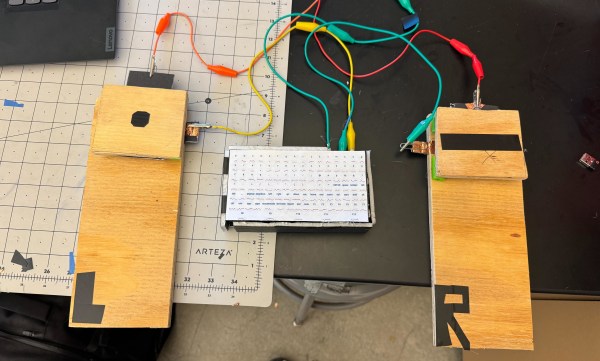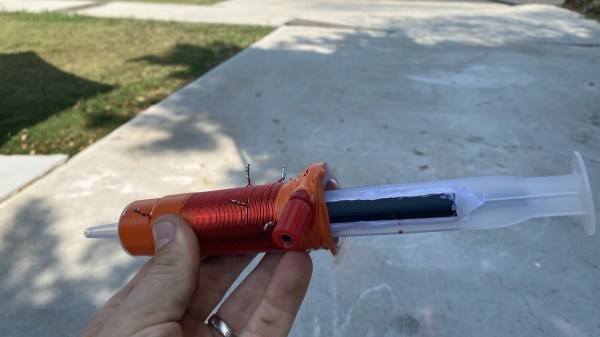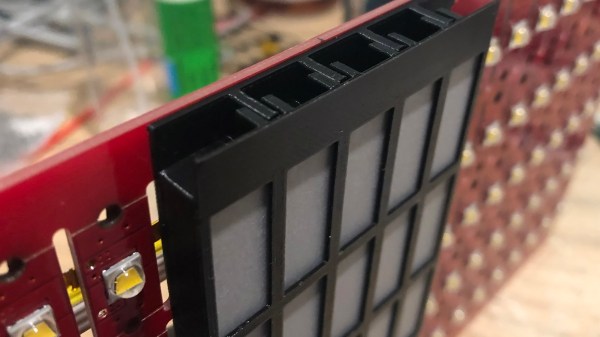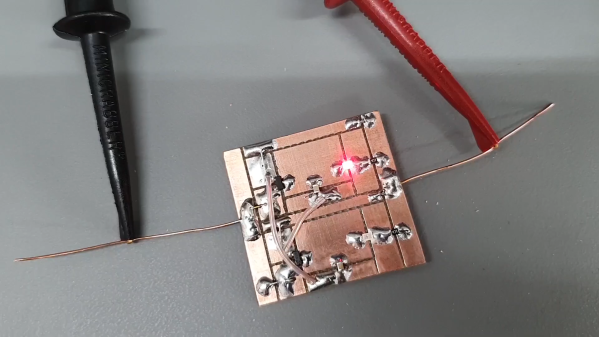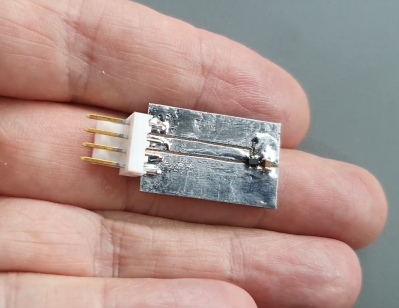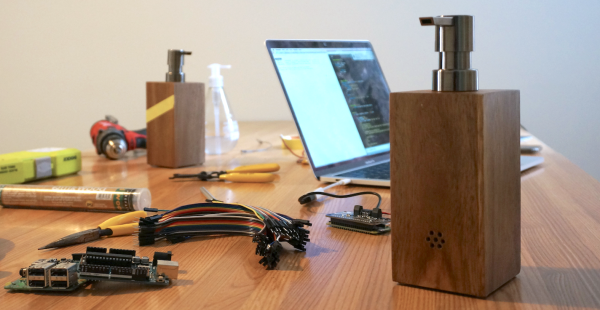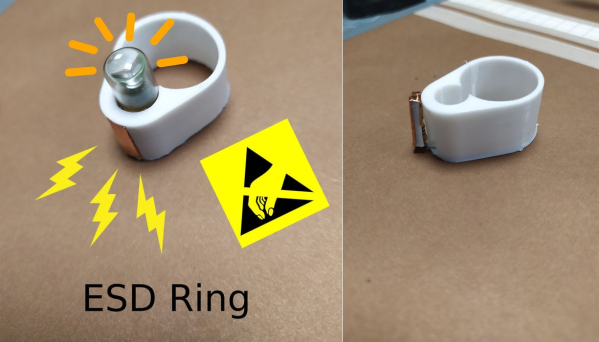What’s the worst thing about traditional Morse keyers? If you ask us, it’s the fact that you have to learn how to do two distinct things with one hand, and switch between them quite quickly and often.
 This set of Morse code foot pedals is meant for those who are unable to use traditional methods of keying. It uses a retrofitted wireless keyboard to read Z and X as dit and dah, respectively, and convert the Morse code into text.
This set of Morse code foot pedals is meant for those who are unable to use traditional methods of keying. It uses a retrofitted wireless keyboard to read Z and X as dit and dah, respectively, and convert the Morse code into text.
[Tevendale_Engineering] started by getting the controller out of the keyboard and figuring out which combination of pads sends Z and X. Then they wired those up with copper tape. The pedals themselves are made from 1/2″-thick wood, foam core board, and Nerf bullets to provide springiness.
There’s no solder here; it’s all copper tape and alligator clip test leads. So if this isn’t your hack for the day, we don’t know what is.
Not so great at Morse code? Here’s a clock that will train you on the numbers, at least.

